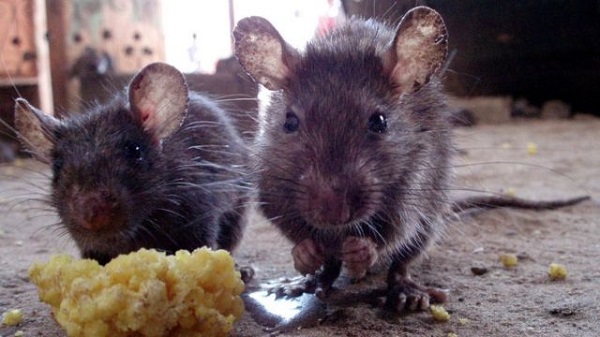
The Nigeria Centre for Disease Control and Prevention (NCDC) disclosed that Lassa fever has claimed the lives of 200 individuals, constituting 17.1 per cent of reported cases across 28 states and 114 local government areas (LGAs) in 2023.
The latest data, published on the NCDC’s official website, paints a concerning picture with 8542 suspected cases and 1170 confirmed cases as of December 3, 2023 indicating a potential escalation in the number of cases for the year.
Lassa fever, characterised as an acute viral haemorrhagic fever (VHF) caused by the Lassa virus, has become a significant public health challenge. The virus finds its natural reservoir in the mastomys natalensis rodent, commonly known as the multimammate rat or the African rat. The transmission occurs through direct contact with the bodily fluids of infected rats and, alarmingly, person-to-person transmission is also possible.
Expressing concern over the escalating cases, the NCDC emphasised the efforts made annually by the Federal Government, led by the Federal Ministry of Health and Social Welfare and NCDC’s National Lassa Fever Technical Working Group (TWG), to prevent, detect and respond to Lassa fever outbreaks across the country. The rise in reported cases is attributed to improved surveillance, heightened community awareness and environmental factors, including climate change and detrimental human activities.
The NCDC acknowledged the tragic loss of lives as more than a statistic, emphasising the impact on families, healthcare workers and the nation’s health resources. As the dry season sets in, the NCDC’s Lassa fever TWG has implemented strategic measures to enhance coordination, collaboration and communication to better prepare for potential surges in cases.
These measures include biweekly national TWG meetings, joint alerts on Cerebrospinal Meningitis (CSM) to guide state-level preparedness, capacity-building for healthcare workers, a bi-weekly Lassa fever webinar series covering various aspects of control and management, prepositioning and distribution of medical supplies and updating the national Incident Action Plan (IAP).
Lassa fever typically presents symptoms similar to malaria, including fever, headache, weakness, cough, nausea, vomiting, diarrhoea and muscle pains. In severe cases, bleeding may occur from various body openings. The incubation period is three to 21 days, making early diagnosis and treatment crucial for patient survival.
Individuals at high risk include those of all age groups who come in contact with infected rats or their bodily fluids, residents of rat-infested environments, consumers of potentially contaminated foodstuff and those who handle or process rodents for consumption. Healthcare workers, especially those providing direct patient care without standard precautions, are also at risk.
To mitigate the risk of Lassa fever infection, the NCDC urged the public to maintain a clean environment, block entry points for rats, cover dustbins, dispose of refuse properly, store food items in sealed containers, avoid drying food outside, discourage bush burning and eliminate rats using safe means. Additionally, seeking medical attention promptly and avoiding self-medication are crucial.
Healthcare workers were advised to practice standard infection prevention and control measures, maintain a high index of suspicion for Lassa fever and report all suspected cases to local authorities promptly. As the nation grapples with the rising toll of Lassa fever, collective efforts in prevention, early detection and prompt response are paramount to saving lives and protecting public health.

